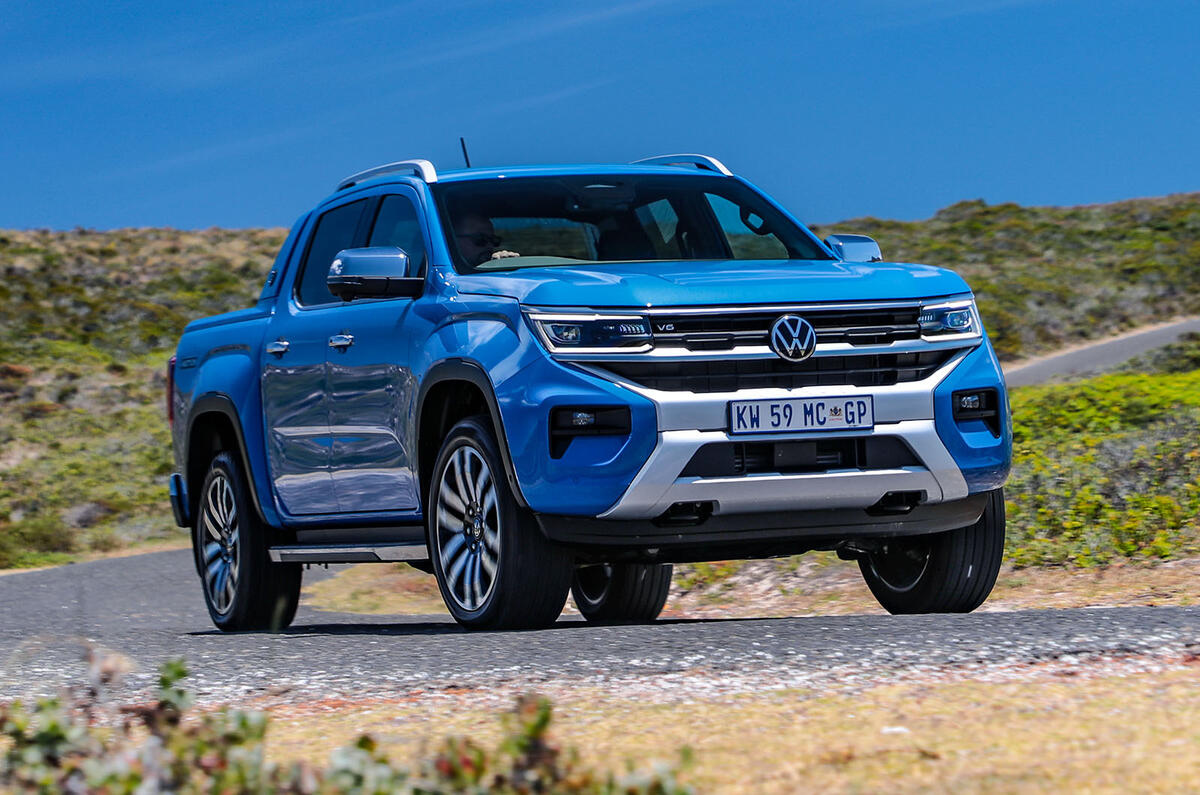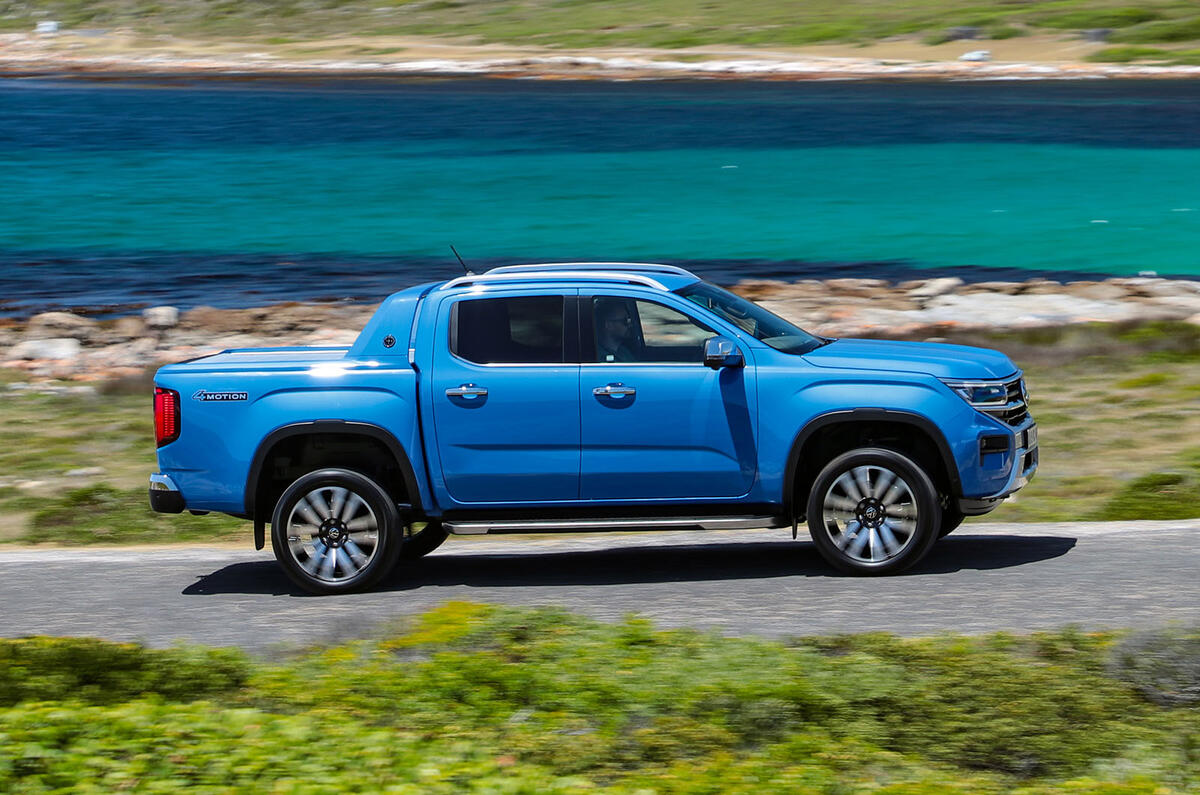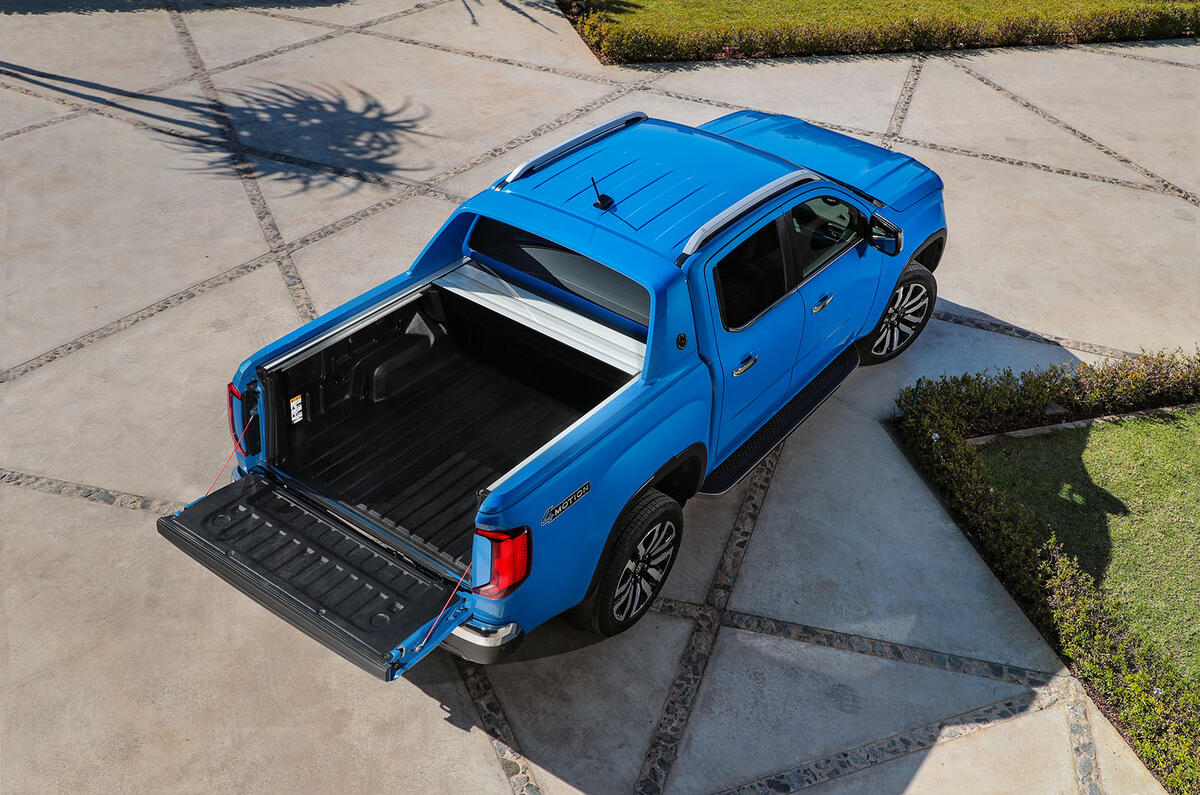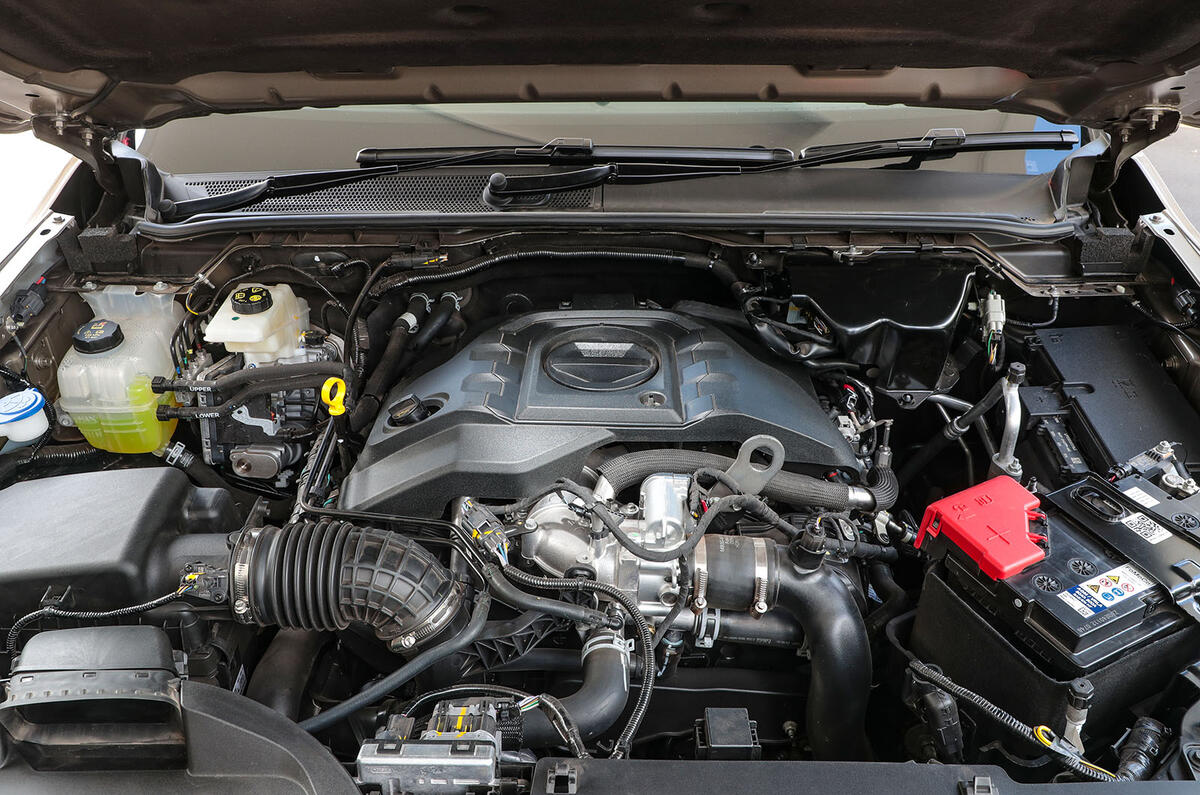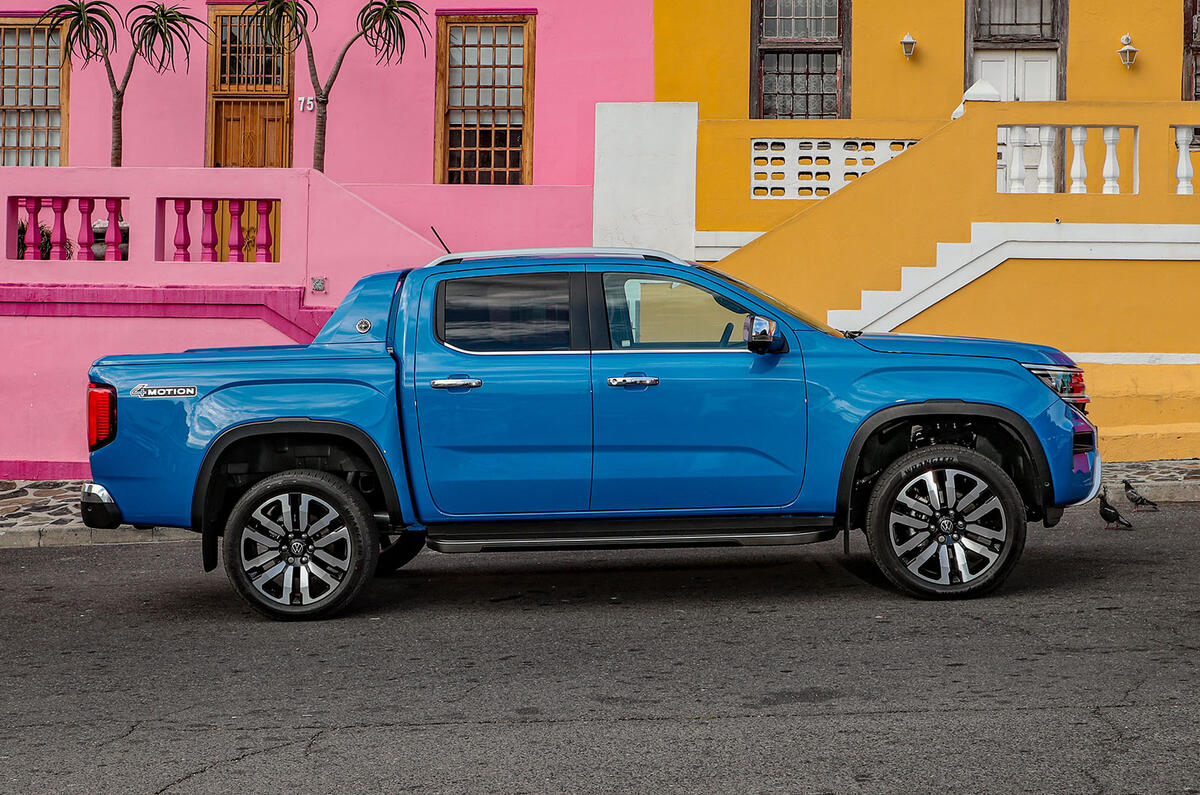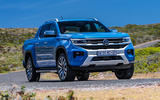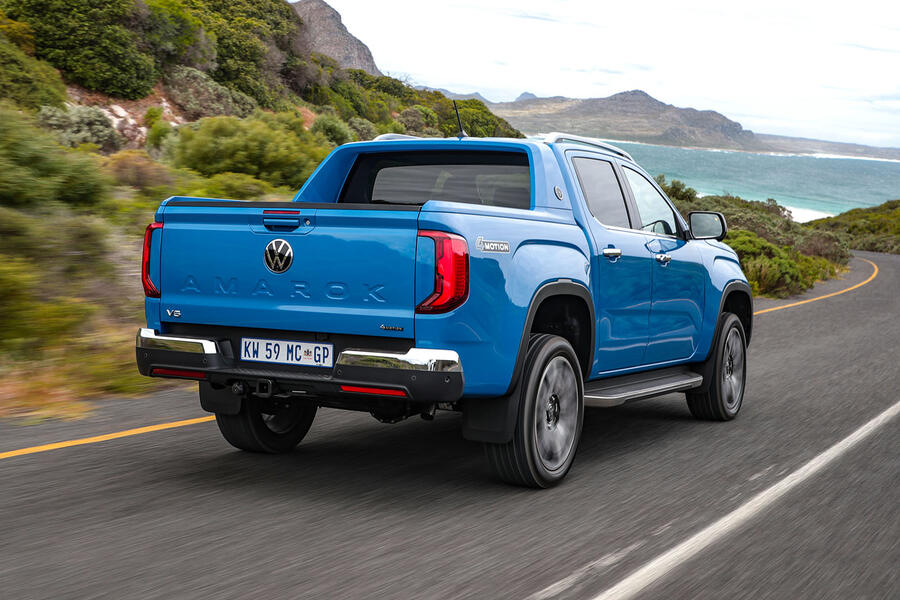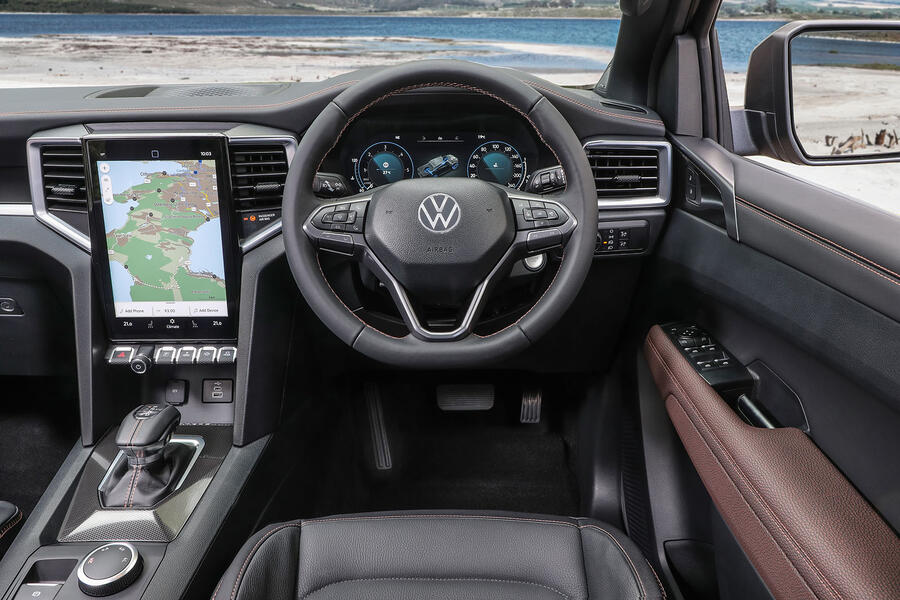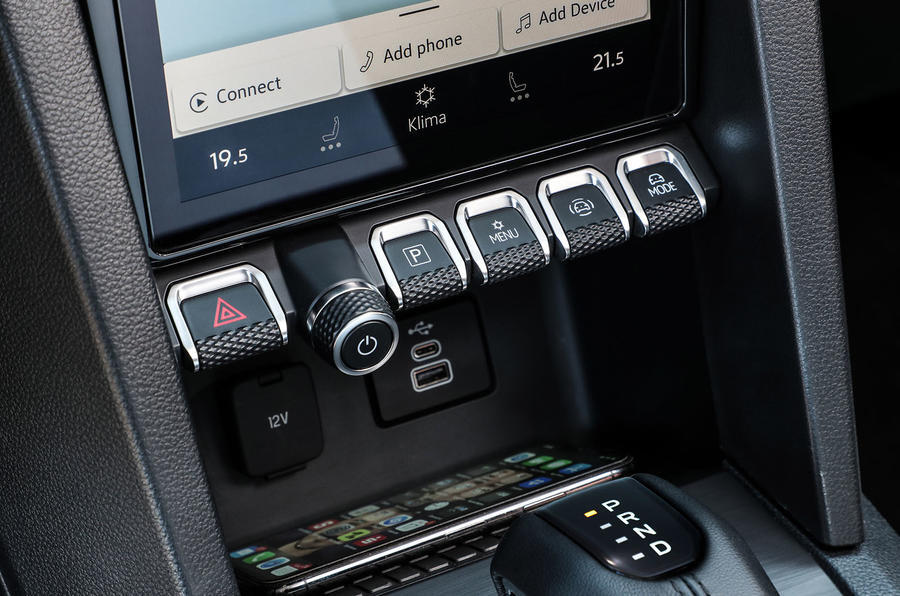While other players have long quit Europe's premium pickup truck arena, Volkswagen is back for a second swing at the lifestyle flatbed niche with a second generation of the smart-looking Volkswagen Amarok. Larger than the car it replaces, built on entirely different mechanicals, and with a broader range of engines, the Amarok entered UK showrooms in spring 2023, bidding to make greater headway into the sales share of leading powers the Ford Ranger and Toyota Hilux than the last version managed.
A little history: when the first-generation Volkswagen Amarok launched in 2010, it did so with an in-house body-on-frame construction and a range of VW's proprietary powertrains, of which the beefcake 3.0-litre V6 TDI was unsurprisingly the most popular. It had easier drivability and a more hospitable cabin than its rivals, and it sold well, especially considering its maker had no prior experience of building mass-market pick-ups/bakkies/utes around the world. However, volumes weren’t quite high enough to ensure that a successor would follow. The figures illustrate this. In a good year VW would shift around 90,000 Amaroks. Ford, on the other hand, has averaged 350,000 or so units of the Ford Ranger, which sells particularly well in the UK.
In this age of colossal and unexpected automotive industrial partnerships, if you’ve already worked out where this is going, well done. If not, you quickly would, were you given some time to poke around the squared-off, brutish new Mk2 Amarok, which is now in UK showrooms. Climb aboard and you’d notice that the massive portrait-oriented infotainment screen isn’t something VW has ever deployed anywhere else, and the style of gear selector and door handles are equally unfamiliar. And then, with a bit more digging – opening up the bonnet, nerdishly inspecting the windscreen scrawl, turning over some fittings – there it is in writing: FoMoCo.



